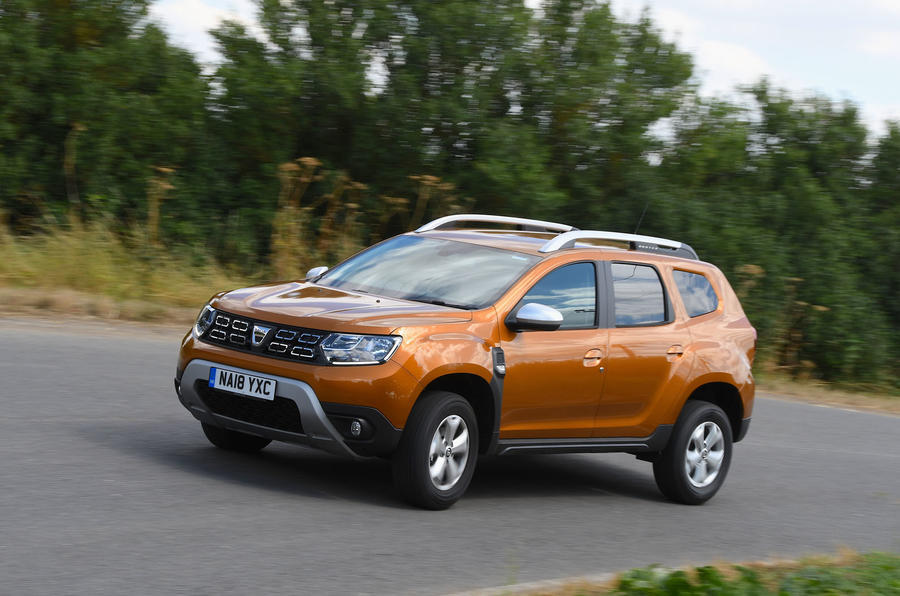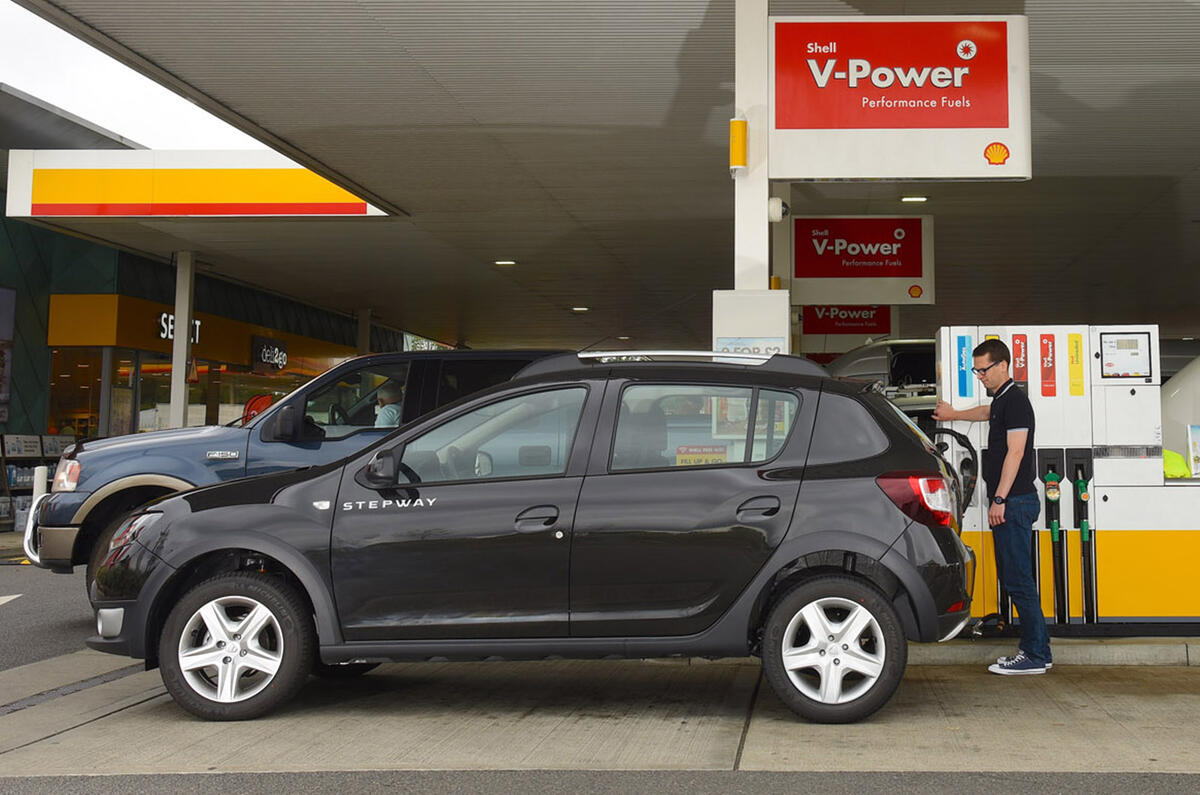Dacia has added a new dual-fuel powertrain option to its UK line-up, making it the only mainstream manufacturer to officially offer vehicles that run on LPG (liquid petroleum gas).
The 1.0-litre turbocharged three-cylinder Bi-Fuel 100 engine can run on either petrol or LPG, which Dacia says delivers “reduced fuel costs, lower emissions and improved performance without compromising on quality”. It is available in each of the firm’s models: the Duster, Sandero, Sandero Stepway, Logan MCV and Logan MCV Stepway.
In the Sandero, the firm’s smallest model, the new engine is claimed to be capable of up to 39.8mpg on the WLTP cycle, and will reduce CO2 emissions by 9% when running on LPG – producing 116g/km. The Duster SUV, meanwhile, will average 35.3mpg and produce 129g/km of CO2.

The firm anticipates that a Sandero Stepway specified with the Bi-Fuel option could save the average driver around £594 per year, with UK LPG prices currently around half that of petrol and diesel, at 63p per litre. Some 1400 fuel stations in the UK currently sell LPG.



Join the debate
m2srt
I thought that LPG was slowly
si73
Wasn't there issues with LPG
LP in Brighton
Cheap conversion not the answer
I think LPG and CNG are both excellent fuels, but the idea of converting an existing petrol engine is not a good one. That engine will be optimised to run on petrol, so won't perform properly on LPG which ideally needs an engine designed specifically for that fuel. Also, the LPG fuel tank will of necessity be small meaning that the engine will have to run on petrol for at least some of the time reducing the cost advantage of the cheaper fuel.
harf
WLTP
does the LPG tank just need to be big enough to get you through the WLTP cycle so you can certify your car with a lower CO2 rating? Just a thought
humphrey the pug
harf wrote:
Spot on!
chris1969
Hydrogen
Makes sense in the current world. With all the hype about Hydrogen that is currently made from LPG in a very inefficent process this allows the gas to be supplied directly to the end user. This increases energy efficency and reduces the need for further infrastructure to be built.
If the hydrogen production process changes then the justifcation will reduce
Add your comment